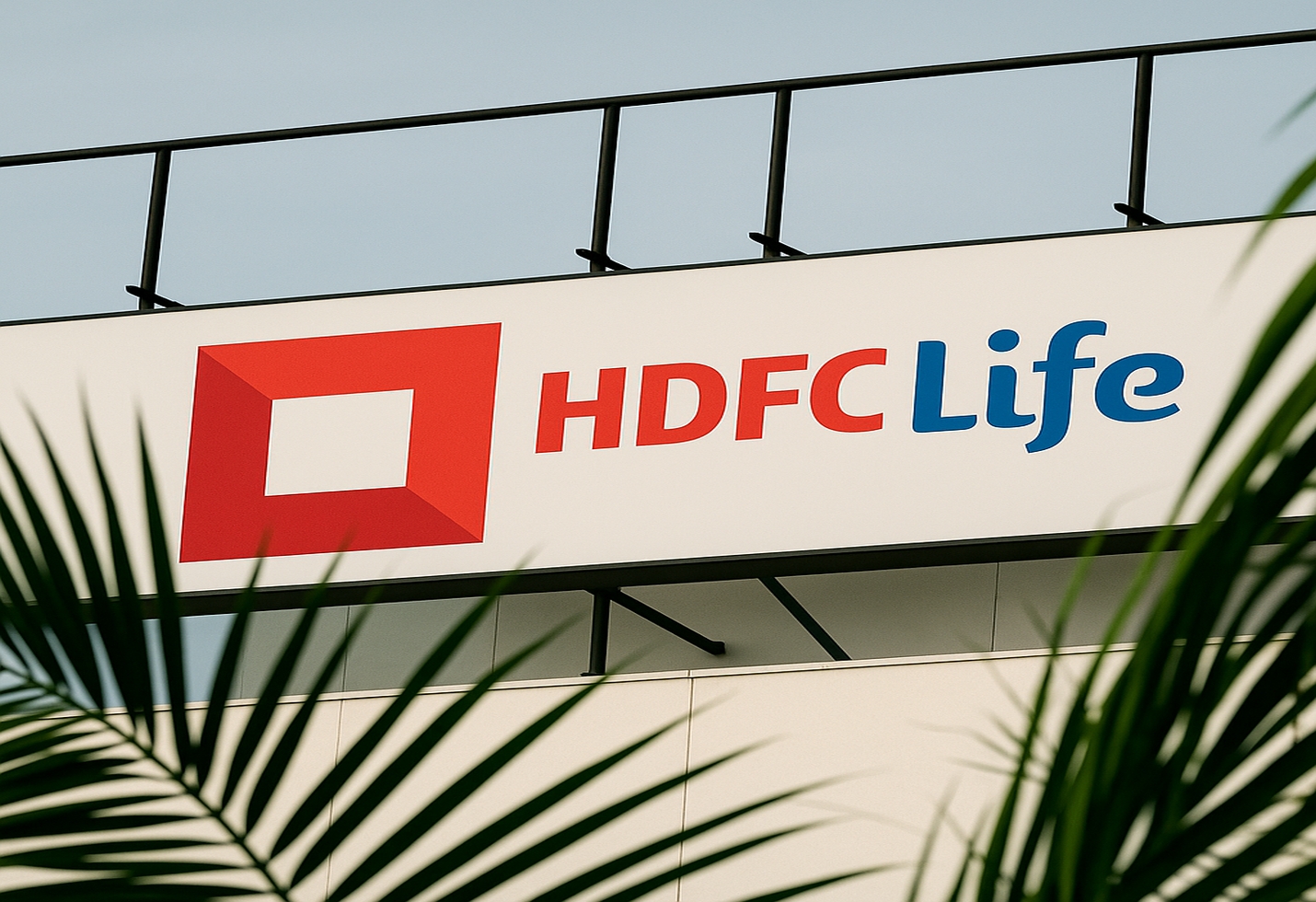Ericsson Divests ₹428 Crore Stake in Vodafone Idea
Telecom Giant Sells Shares Through Bulk Deal Amid Strategic Shift
In a notable development within India’s telecom sector, *Ericsson India Pvt Ltd* has sold a portion of its stake in *Vodafone Idea, amounting to **₹428 crore, via a **bulk deal* on the stock market. The transaction reflects a tactical realignment in Ericsson’s India portfolio and has stirred investor attention across financial markets.
Transaction Overview
The bulk deal saw Ericsson offload approximately 63.37 crore shares of Vodafone Idea at a rate of ₹6.76 per share, representing about 0.6% of the company’s equity. This significant stake reduction took place on the National Stock Exchange (NSE), though the purchasers have not been publicly identified. The sale marks a strategic move by Ericsson to lessen its investment in the Indian telecom operator.
This transaction follows Ericsson’s earlier equity acquisition in Vodafone Idea, which was part of a debt settlement strategy where the telecom operator issued shares to vendors including Ericsson and Nokia.
Context Behind the Sale
Earlier in 2024, Vodafone Idea approved a *preferential share issue* to clear part of its long-standing dues to its equipment vendors. As part of that arrangement, *Ericsson received shares worth approximately ₹938 crore*, giving it a small but notable equity presence in the company.
This partial exit through the bulk deal likely represents Ericsson’s effort to *recover capital and minimize risk exposure*, given Vodafone Idea’s ongoing struggle with heavy debt and delayed government payments. Although Vi has made progress in raising funds, including recent rights issues and vendor settlements, concerns about long-term viability remain in investor circles.
Market Impact and Stock Movement
The decline came as market participants reacted to the institutional sell-off, interpreting it as a sign of caution regarding the telco’s recovery trajectory.
Despite the stock fluctuation, market analysts pointed out that the deal also reflects *liquidity and investor interest* in Vodafone Idea’s shares, as such large volumes were successfully absorbed by the market.
Ericsson’s Strategic Intent
For Ericsson, the sale aligns with its broader strategy of *financial discipline and risk management*. While the company continues to operate and supply infrastructure solutions to Indian telecom operators, it appears to be reducing its equity exposure in financially stressed clients.
This sale does not impact Ericsson’s operational presence in India, but it does highlight the company’s *preference for business over balance-sheet entanglement* when it comes to partnerships in volatile markets.
Vodafone Idea’s Ongoing Financial Challenges
Vodafone Idea has been under financial pressure due to a combination of spectrum liabilities, adjusted gross revenue (AGR) dues, and intense competition in the Indian telecom sector. The telco has been attempting to raise funds through a mix of equity, debt, and vendor negotiations.
While government support and promoter infusion have helped stabilize short-term operations, the company still requires significant capital to invest in *5G rollout and network expansion*.
Outlook
The Ericsson share sale adds another chapter to the evolving story of Vodafone Idea’s turnaround efforts. For Ericsson, it provides liquidity and reduces exposure to uncertainty. For Vi, the move may be seen as both a market challenge and a liquidity test—but also as a reflection of its ability to *draw institutional interest* even amid tough conditions.
Summary
The move comes months after Ericsson received shares from Vi to settle dues, and signals a strategy to rebalance risk. While Vodafone Idea’s shares saw a slight dip, the transaction reflects strong market interest and continues to spotlight the telco’s capital needs.
The image added is for representation purposes only


